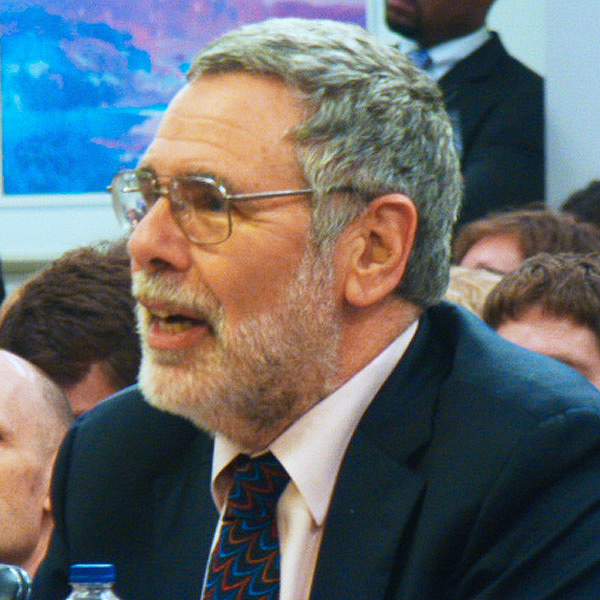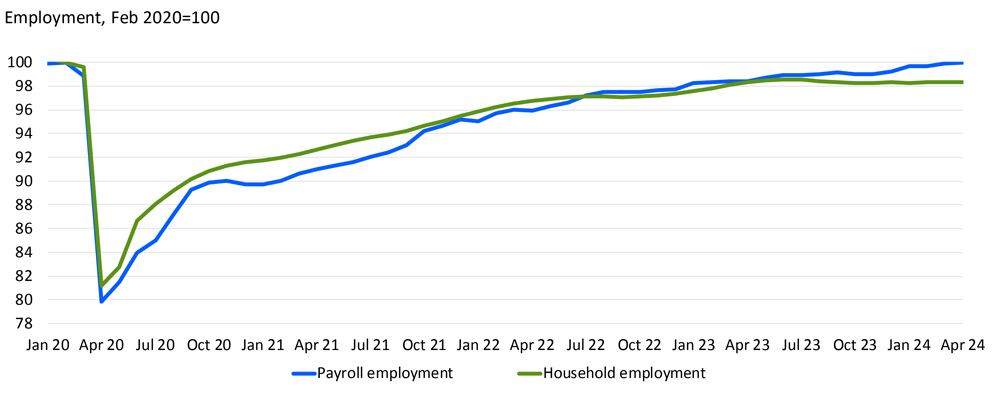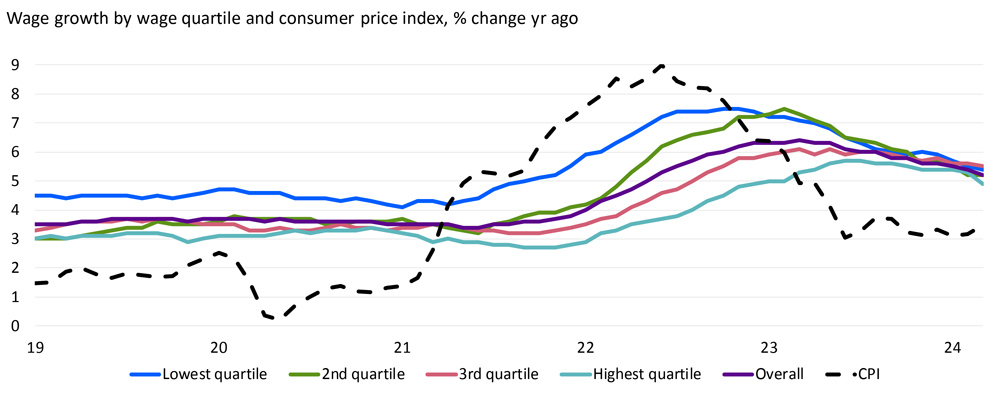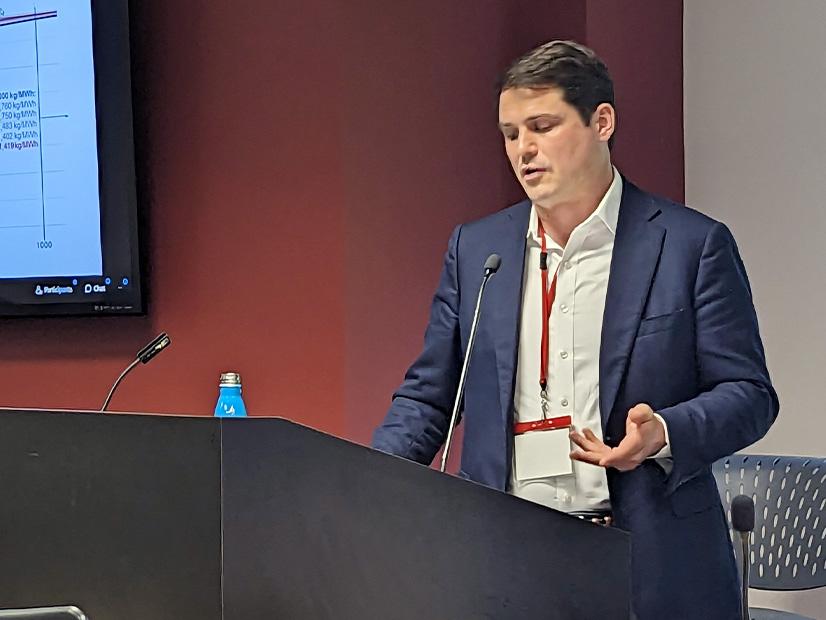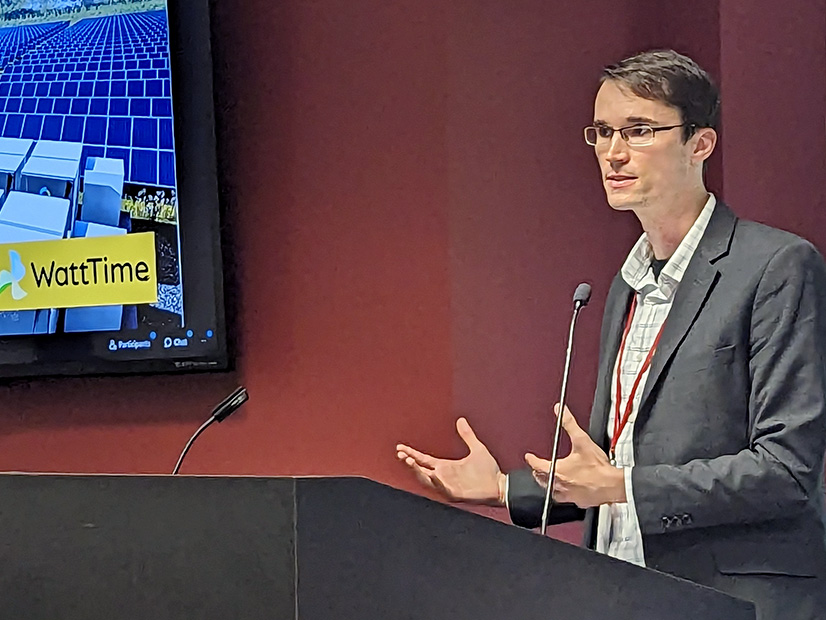U.S. Department of Energy officials say they’re optimistic the costs of offshore wind energy development will begin to ease by the end of the decade.
They struck an optimistic tone during a June 25 webinar, acknowledging the growing pains the industry has had as it establishes itself in the United States but saying the problems of the past 20 months can be overcome.
Jigar Shah, director of the DOE Loan Programs Office, said while the complicating factors were not unique to U.S. offshore wind development, U.S. offshore wind was particularly vulnerable to them.
“With all that said, global cost headwinds have begun to stabilize and new offtake solicitations from states are de-risking development moving forward,” Shah said. “Government and industry are drawing on lessons learned with ongoing efforts to refine project and supplier procurement, foster regional collaboration for supply chain and transmission planning and make investments to support necessary enabling infrastructure.”
Jocelyn Brown-Saracino, DOE’s offshore wind lead, said wind energy area leases held by developers total more than 50 GW of potential generation capacity. Offshore wind is a headline priority for the Biden administration, which plans to auction more leases this year.
“That said, the last year was a tumultuous one for offshore wind. The industry was hit by a perfect storm of global macroeconomic challenges,” she said. “The sector is adapting, however, and improved risk mitigation is being built into industry planning.”
The webinar was centered on the DOE’s “Pathways to Commercial Liftoff” report for offshore wind, released in April during the 2024 International Partnering Forum. (See Interior Announces Updated OSW Regs, Auction Schedule at IPF24.)
Lead authors Brett Anders and Jonah Uri summarized three key takeaways from that report:
-
- Offshore wind will play a critical role in coastal decarbonization and would be hard to replace with other sources of emissions-free power.
- Roughly 6 GW of projects are under construction but there needs to be 10 GW to 15 GW this decade to ensure development of a domestic supply chain and reduce some of the long-term risks of building supporting infrastructure.
- State policy drives the offshore wind market more than it drives other technologies; federal policy mechanisms such as the Inflation Reduction Act offer support but have not been enough on their own to overcome the challenges created by macroeconomic conditions.
Globally, offshore wind is a mature technology that has grown tenfold in the past decade and is projected to grow fivefold in the next decade, they said.
The United States is late to the table, however, home to less than 0.5% of the world’s operational capacity and struggling to add more.
More than half of the projects contracted off the Northeast coast have been canceled or have canceled their offtake contracts in the past year, victims of soaring costs and supply chain or infrastructure constraints that made it impractical to proceed to construction under the financial terms negotiated.
The projects being contracted now are much more expensive. The levelized cost of electricity (LCOE) has risen from $85/MWh for fixed-bottom offshore wind projects that reached final investment decision (FID) in 2021 to a projected $140/MWh for projects reaching FID in 2023-2026.
That is mainly due to the rising cost of capital, cost of construction and cost of operation. Offshore wind is highly sensitive to the cost of capital, said Anders, a member of the market analysis team at the DOE’s Office of Technology Transitions. A 2% increase in the cost of debt alone would lead to a roughly 20% increase in LCOE.
The report estimates that FIDs reached in 2030 will be back down to $84/MWh through a combination of decreasing interest rates, commodity prices and inflation, and because of tax credits and policy support.
“Given the inherent uncertainties in the market, particularly with respect to macroeconomic challenges, these estimates should not be interpreted as a cost forecast but rather a framework for understanding the cost of offshore wind today and into the future,” said Uri, a transaction specialist at the Loan Programs Office.
The economics seen in the era after the Great Recession and before COVID or the war in Ukraine offer some basis for optimism, the report notes: As worldwide installed offshore wind capacity surged from 3 GW in 2011 to 33 GW in 2021, the LCOE of new wind farms gradually decreased 60% through factors including supply chain efficiencies, de-risked construction, technology innovations, institutional knowledge and turbine upsizing.
Some of the complicating factors in the United States today, such as lack of domestic manufacturing capacity, ports and specialized installation vessels, are particularly sticky, Uri said: They must be put in place at a cost of hundreds of millions of dollars each before the projects that will pay for them can be built.
“So, the early movers are a primary engine to fund the long-term ecosystem buildout for offshore wind here in the U.S., whether that’s ports, vessels, supply chain, etc.,” he said. “It’s a key area of risk that we focus on and part of the reason why building out the initial wave of projects and getting over this hump, of this chicken and egg, is a key force to help lock in the future of the industry.”
The tone of the webinar and the report on which it is based is optimism in the face of setbacks.
A central feature of the DOE “Liftoff” series of reports on new energy technologies is the projection of the liftoff — the point at which an industry sector begins actively contributing to decarbonization goals and has a sustained pipeline of projects regularly reaching completion.
“We found that offshore wind liftoff can be achieved in less than 10 years driven by deployment of projects in the 2020s, several of which are under construction today,” Anders said. “Liftoff for offshore wind will require steady deployment enabled by continued refinements to project sequencing and funding.”
